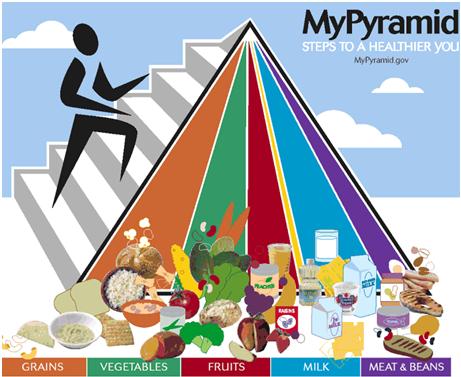Everytime I go to an Italian restaurant, I find the menu card full of different varieties of cheese. Mozarella, Chhedar, cottage cheese, parmesan and what not. This post is to figure out the differences between these and if possible, the usage.
Mozzarella: Favored for its mild, milky taste this type of cheese is more of a cooking cheese than a cheese board cheese due to its good binding properties, moist texture, and ability to melt. It absorbs the flavors and juices of the ingredients surrounding it and is perfectly designed for cooking. Mozzarella is also low in fat, therefore, it is ideal to use even when dieting. Mozzarella is the perfect cheese for Italian dishes or melted over tomatoes and garlic bread.
Cheddar: Cheddar can have a diverse selection of tastes that range from mild too sharp. This is dependent upon the age of the cheese. Mild Cheddar is perfect for sandwiches because it has a mellow balance of flavors. Sharp Cheddar is great for cooking because its flavor is released when heated and it shreds well. Sharp cheddar goes well in salads and sandwiches. It is a favorite for deli, and snack trays.
Brick: It is a mild, but also pungent, sweet tasting cheese. It is a semi-soft cheese that slices well without crumbling. Brick has a reddish-brown rind and its inside is yellow-white in color with many small holes. Brick is delicious with fruits and vegetables. It also goes well on sandwiches and snack trays.
Cottage Cheese: It is an adaptable source of protein for table use, snacks, salads, and in baking. The flavor goes well with fresh vegetables or condiments, such as peppers, olives, or pimientos, as well as with fruits, such as pineapple, peaches, or berries. Low-fat cottage cheese can be used to replace higher-fat-content cream cheese in desserts such as cheesecake and Danish pastry, and it’s good in savory baked dishes such as lasagna. Found in salad bars, it stands alone or goes well with fruit or as a side dish.
Parmesan: This is a hard, grainy textured cheese varying in shape and size. It’s used mainly as a grating cheese on many different types of foods and is a good cooking cheese because it does not form threads as it melts. Parmesan cheese will keep for years when it’s whole and will continue improving with age. A perfect topper for pizza and Italian dishes.
